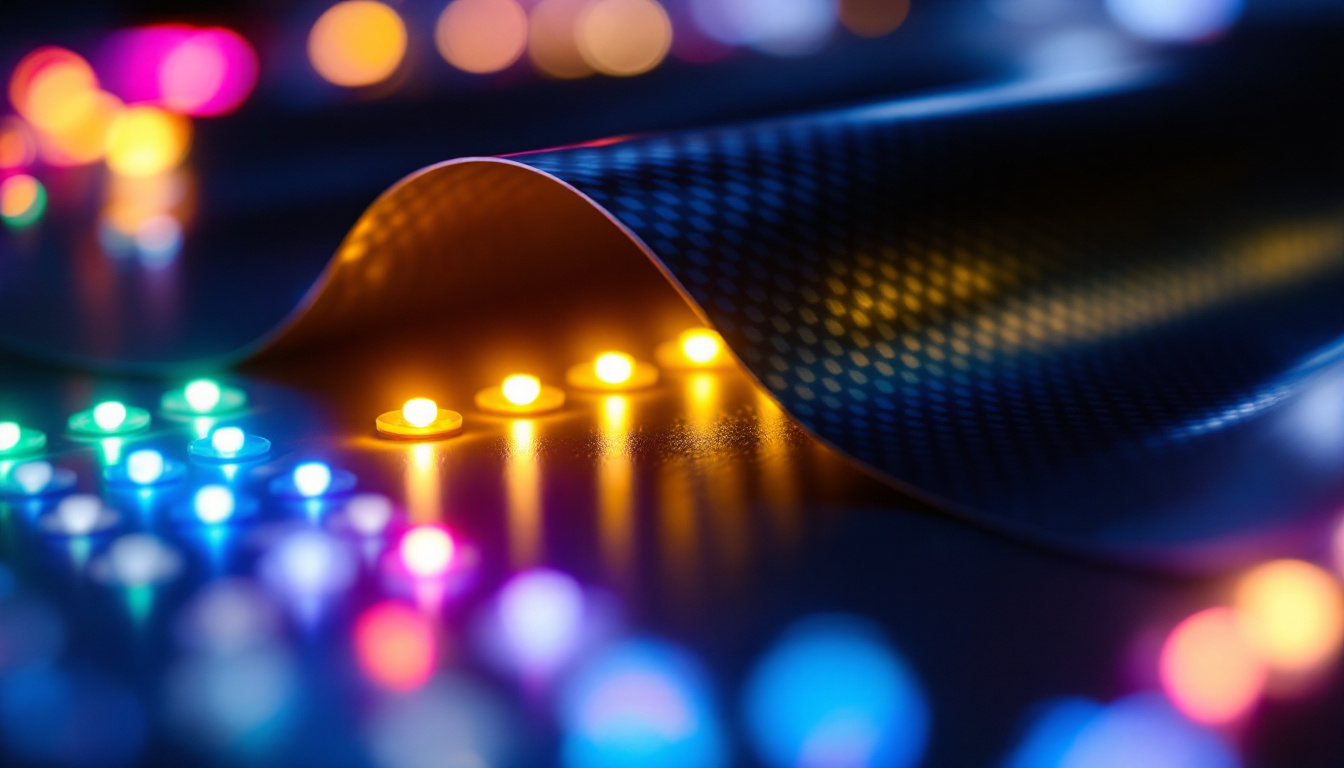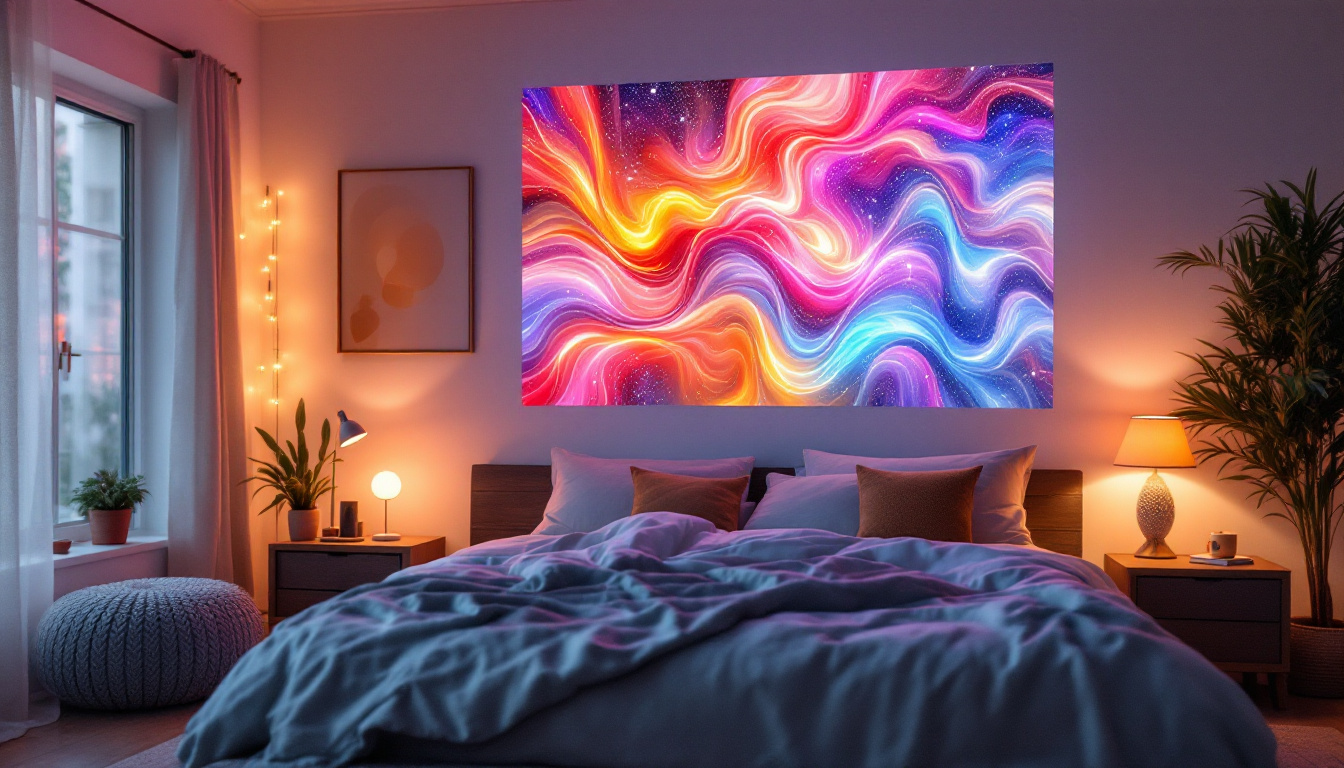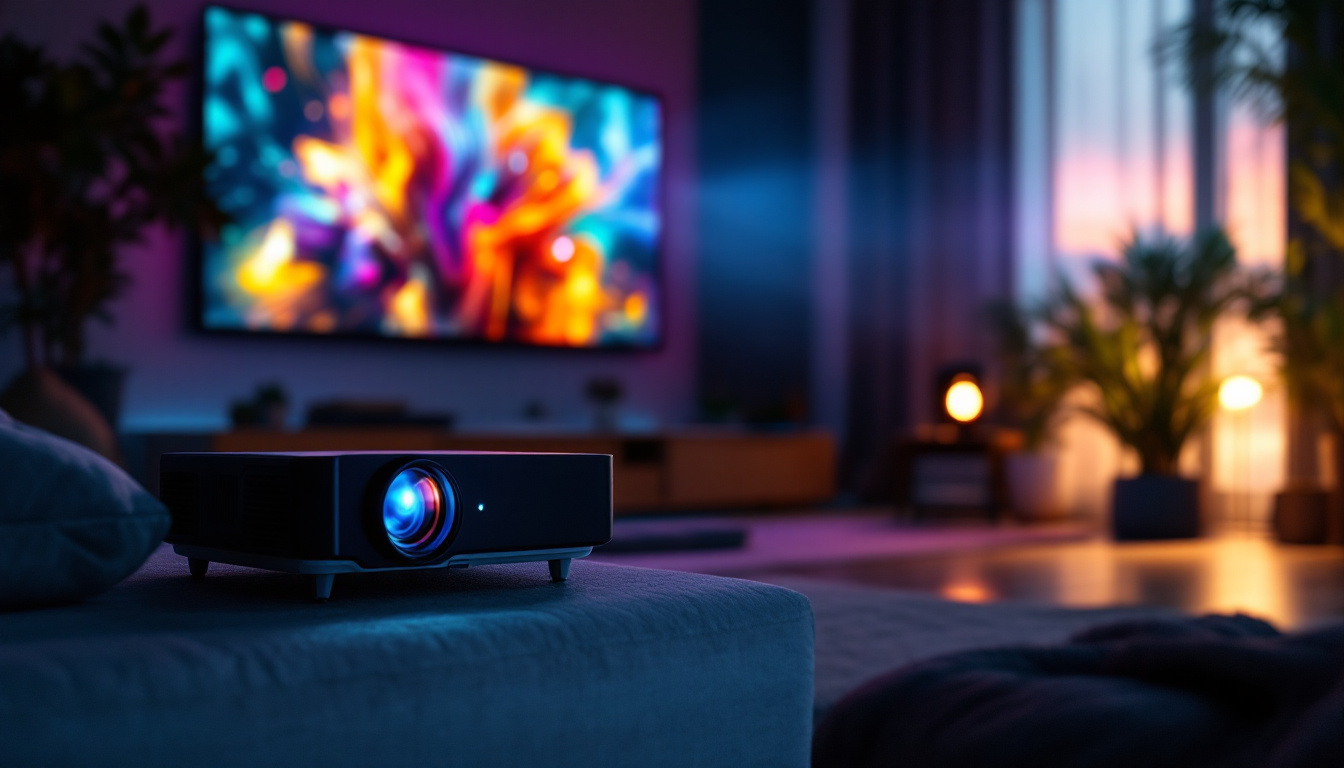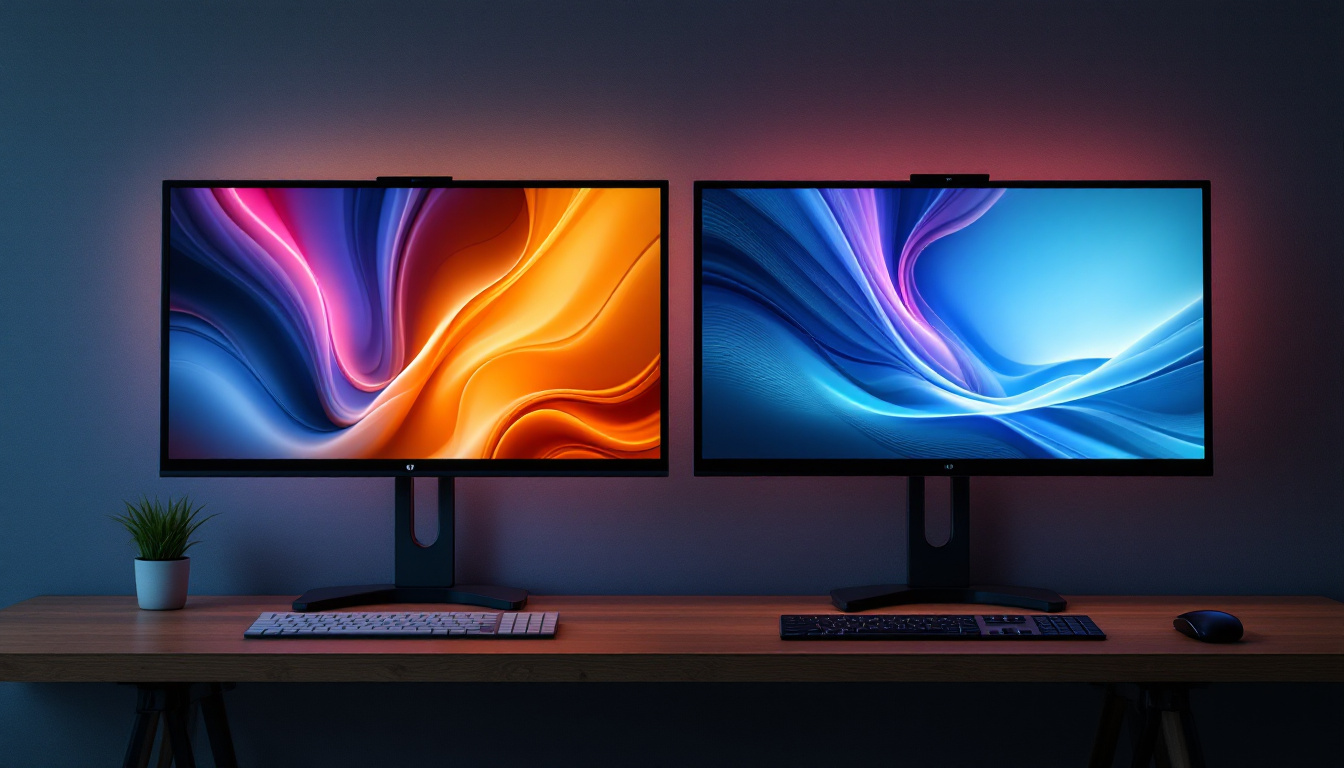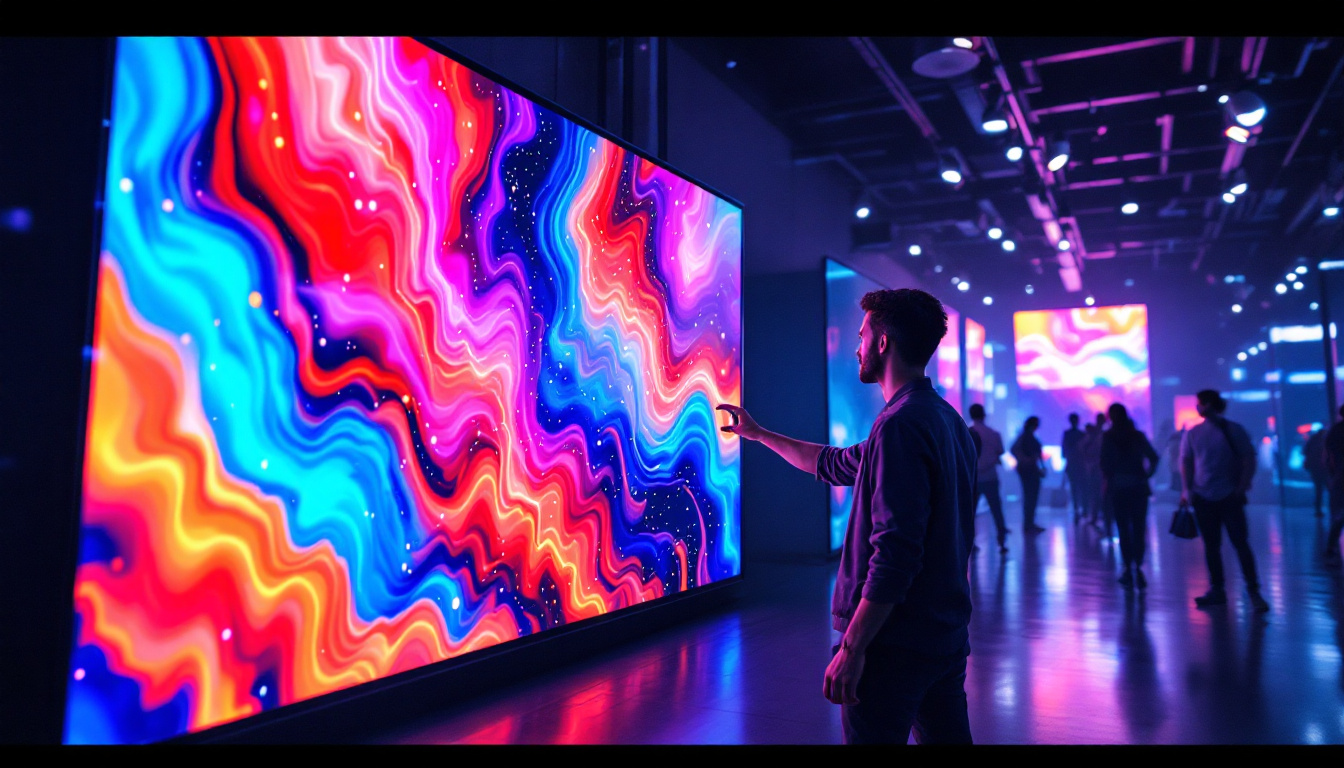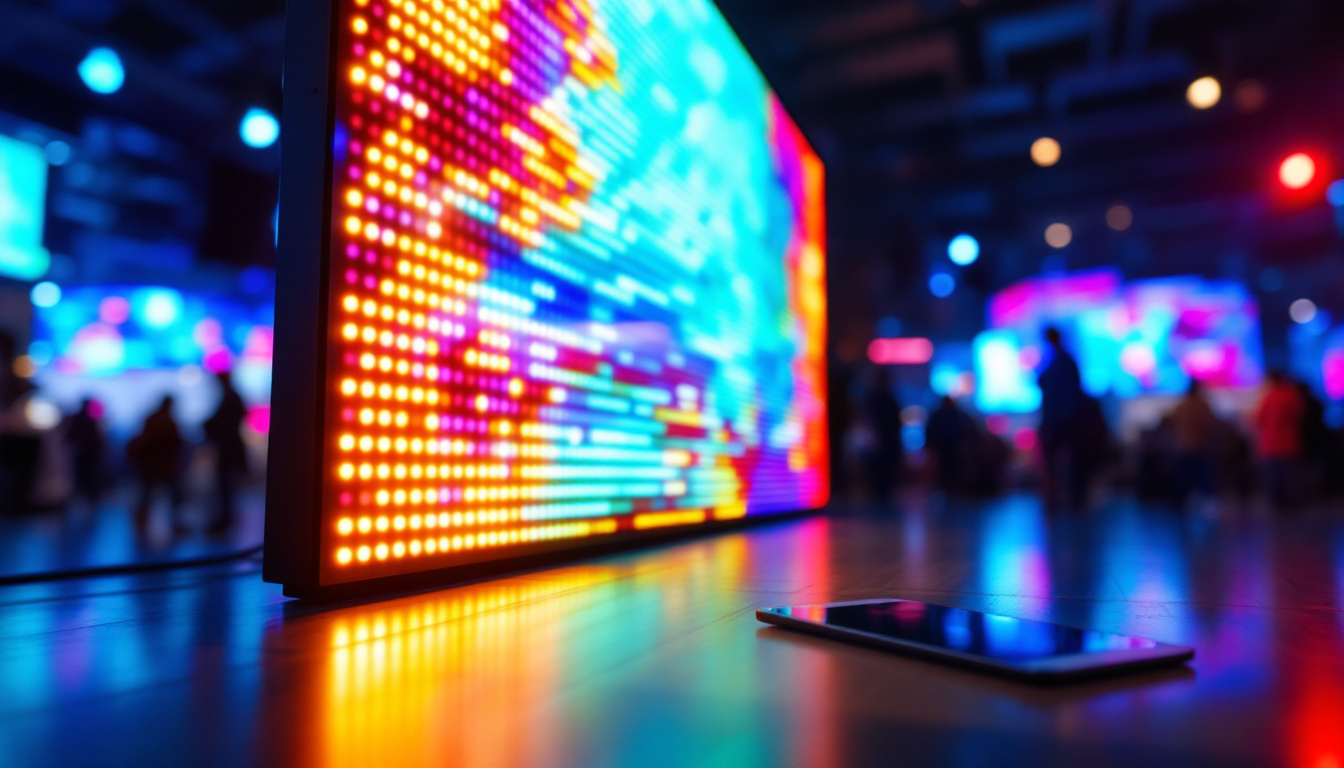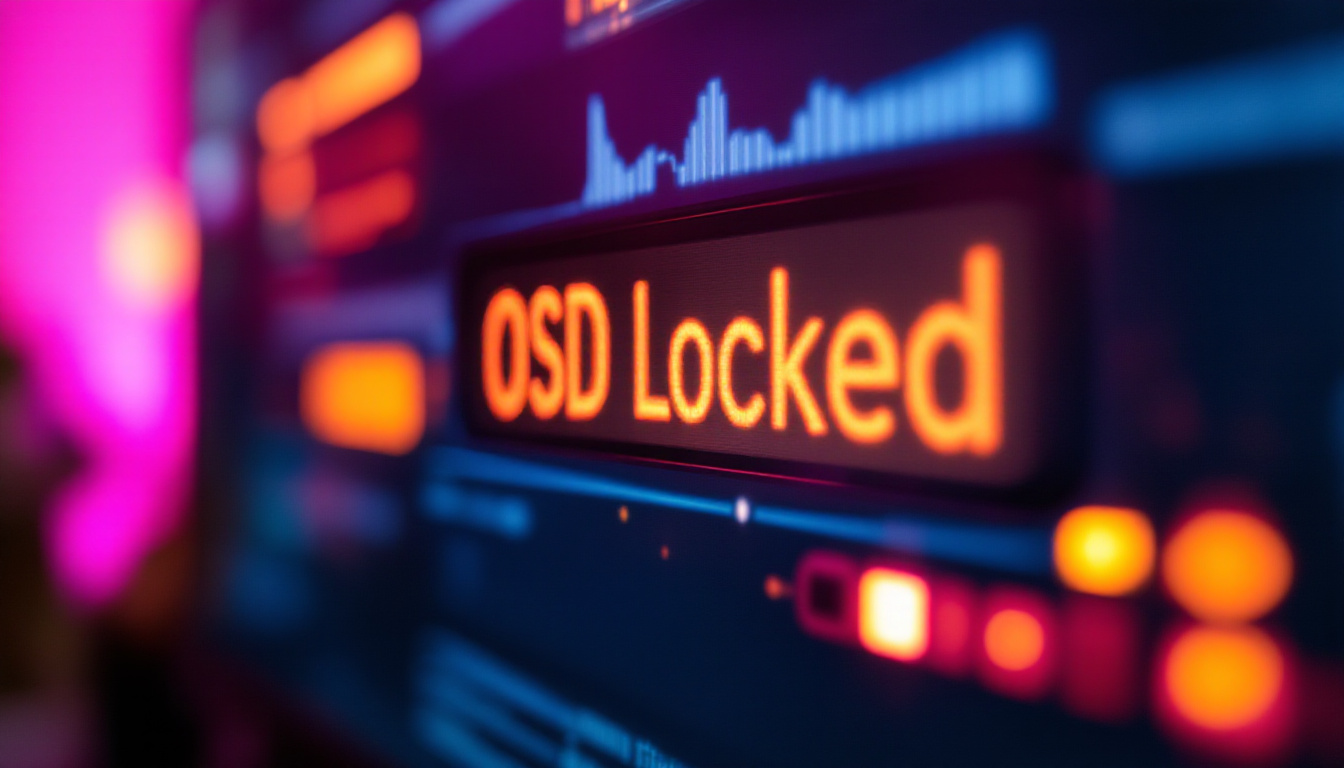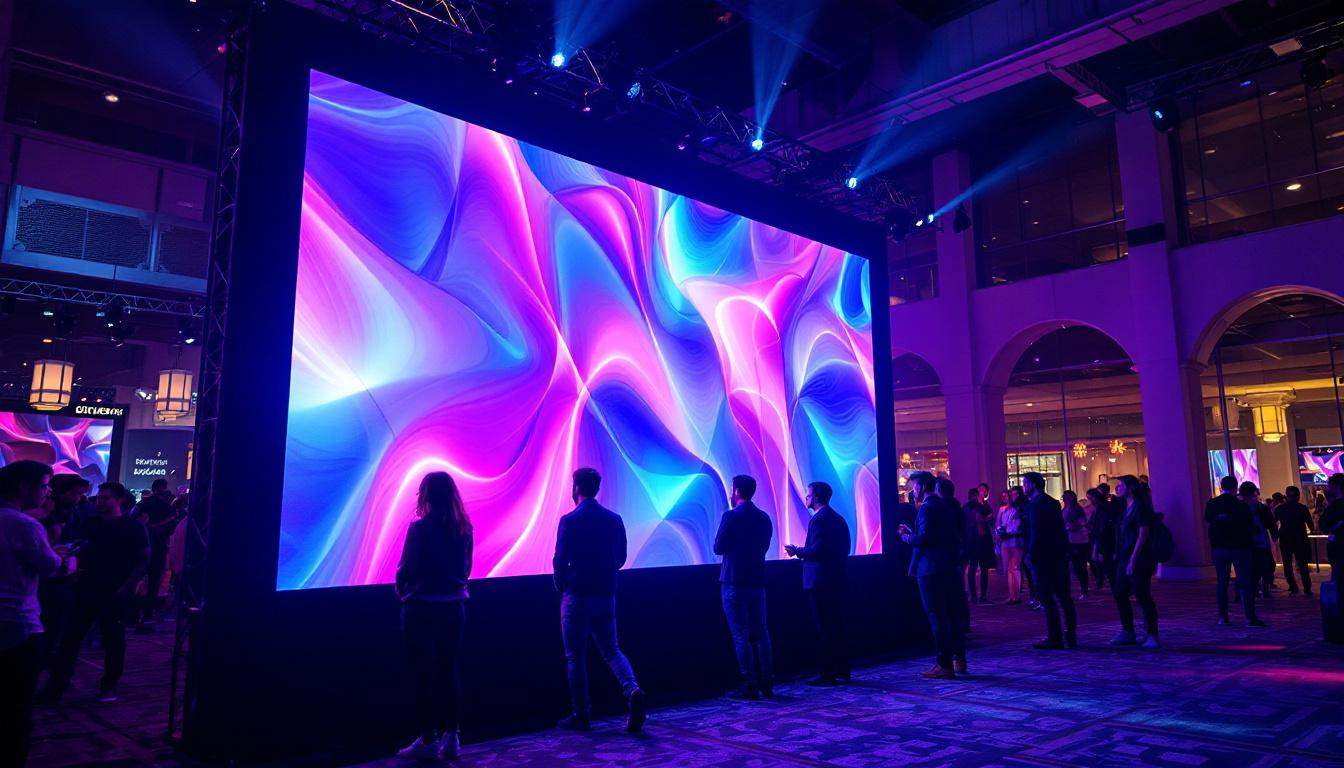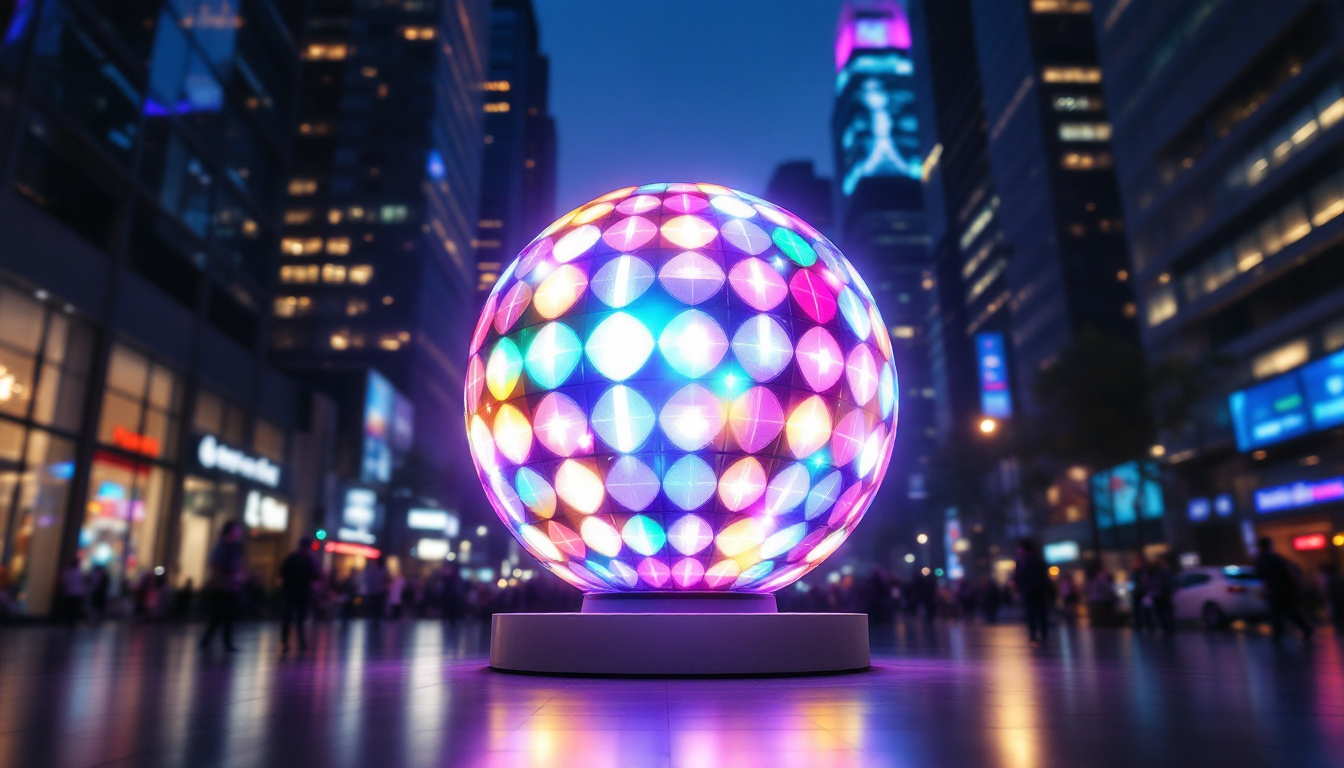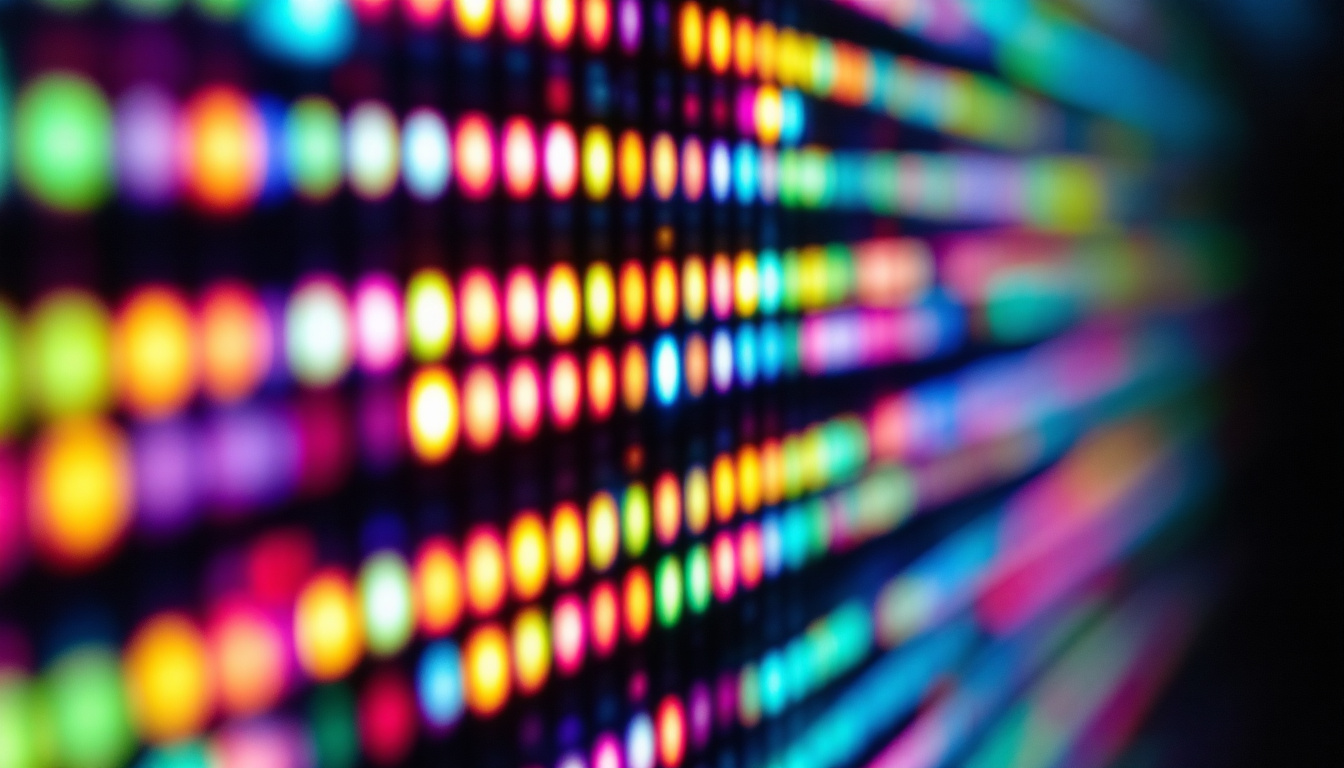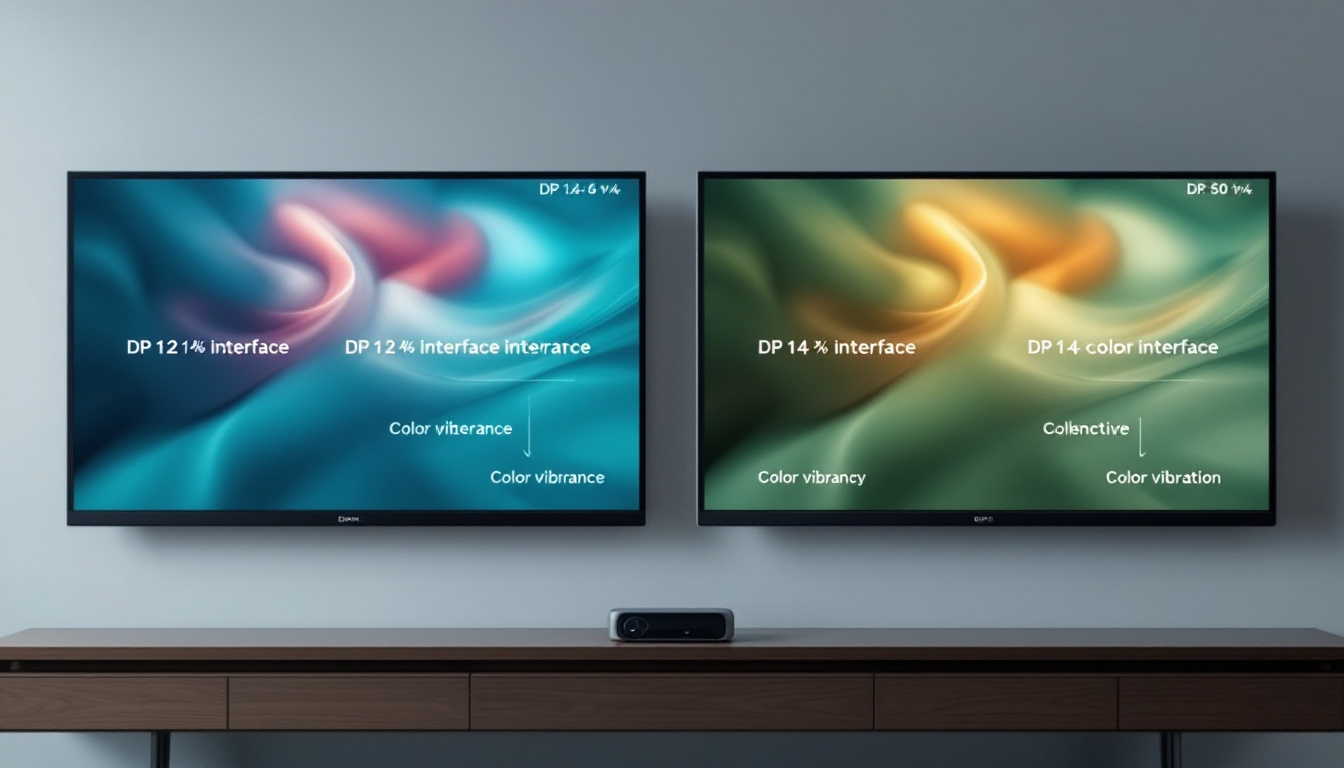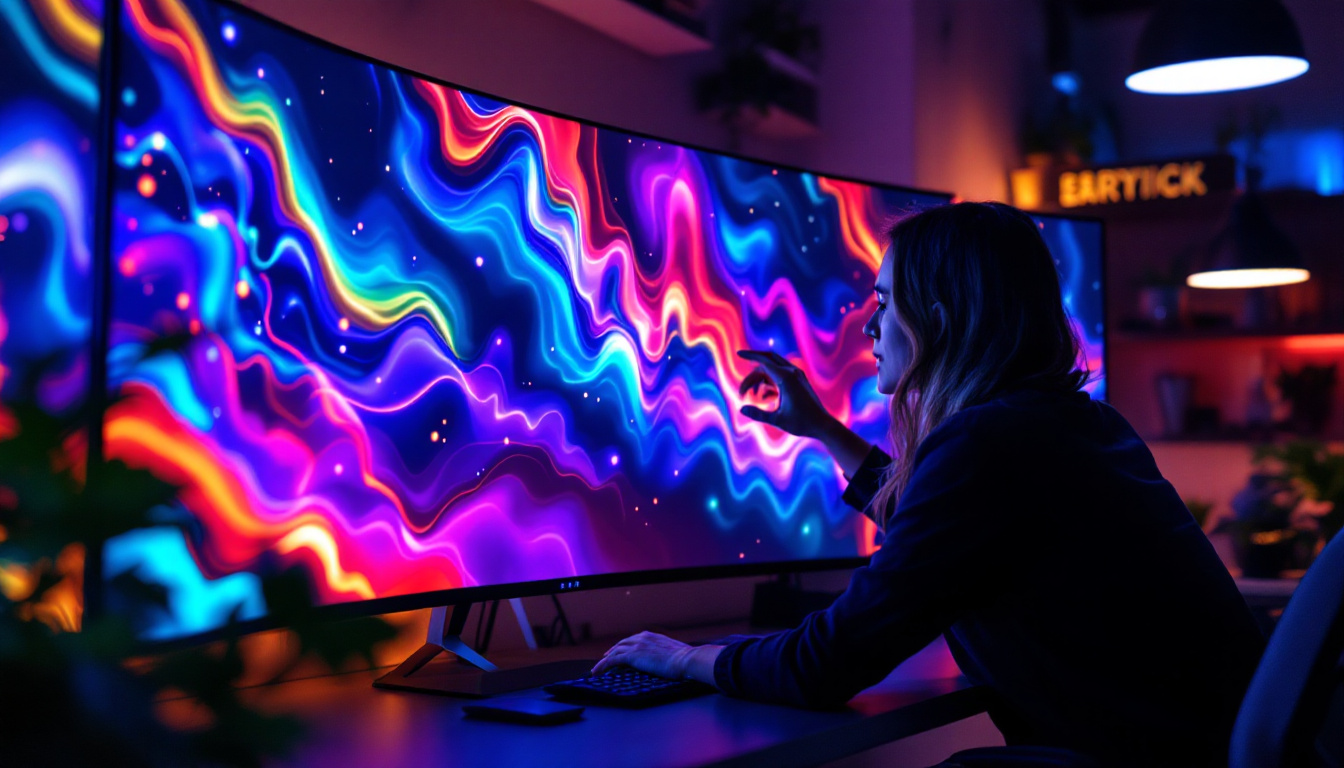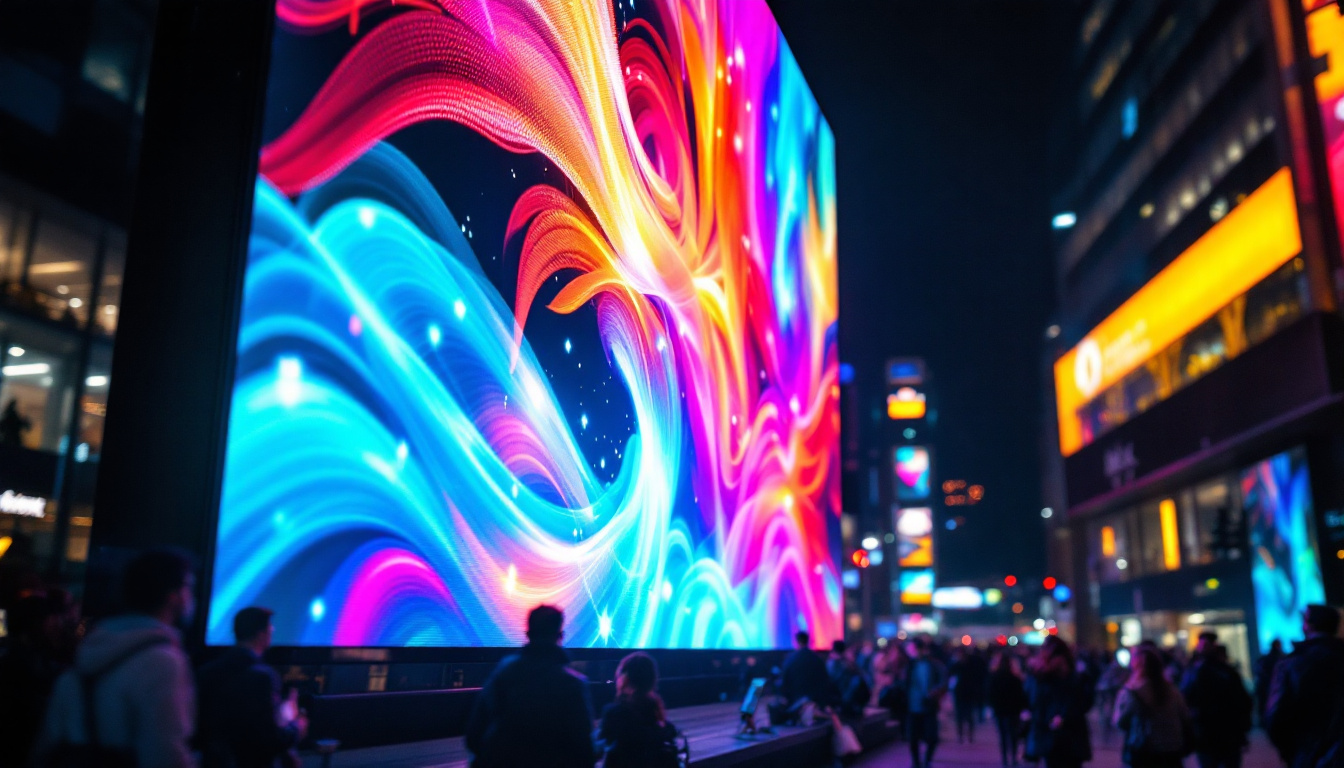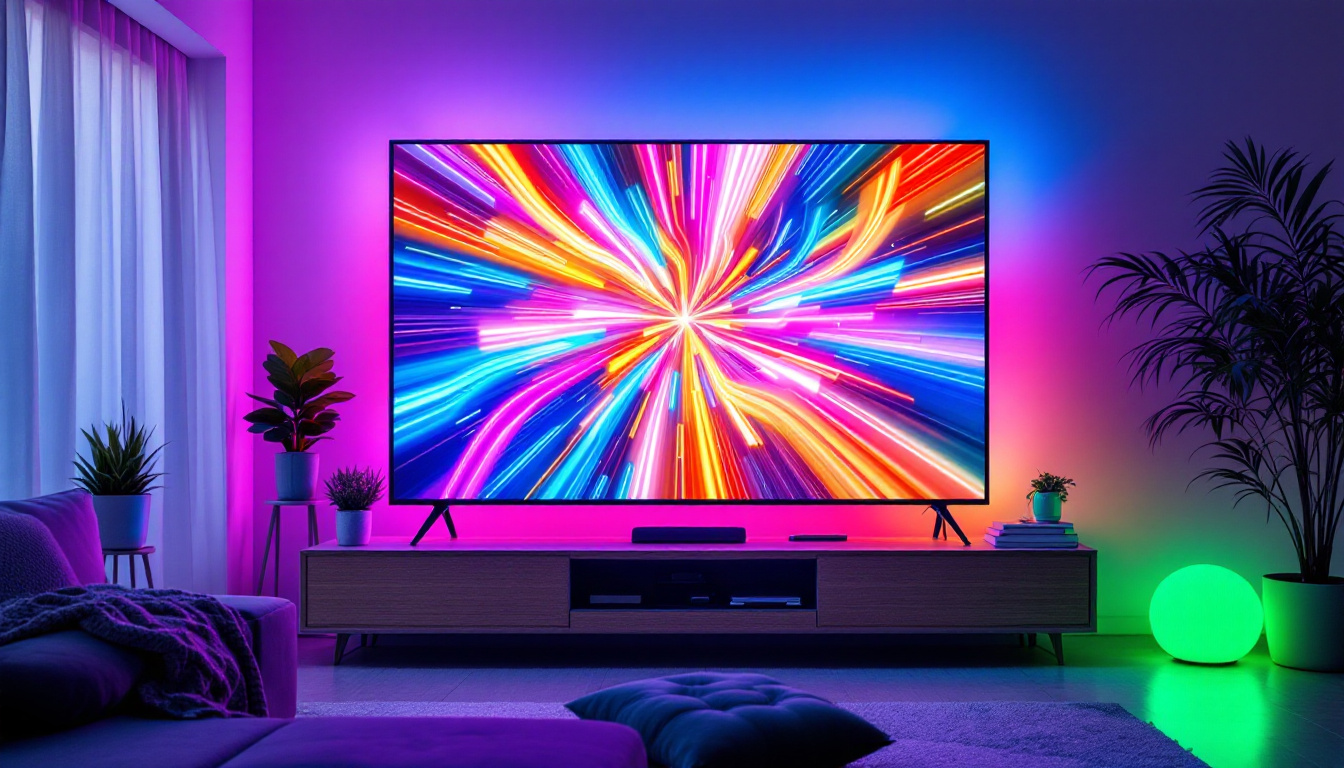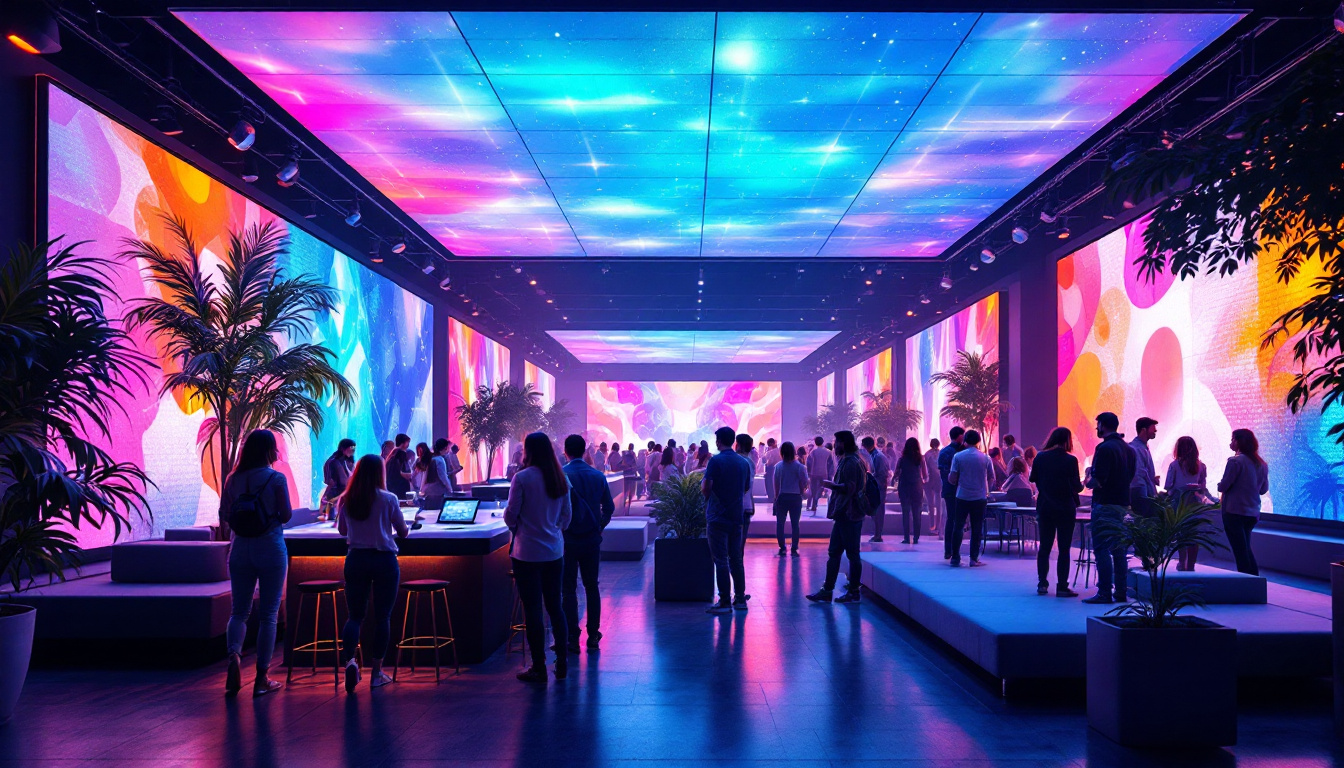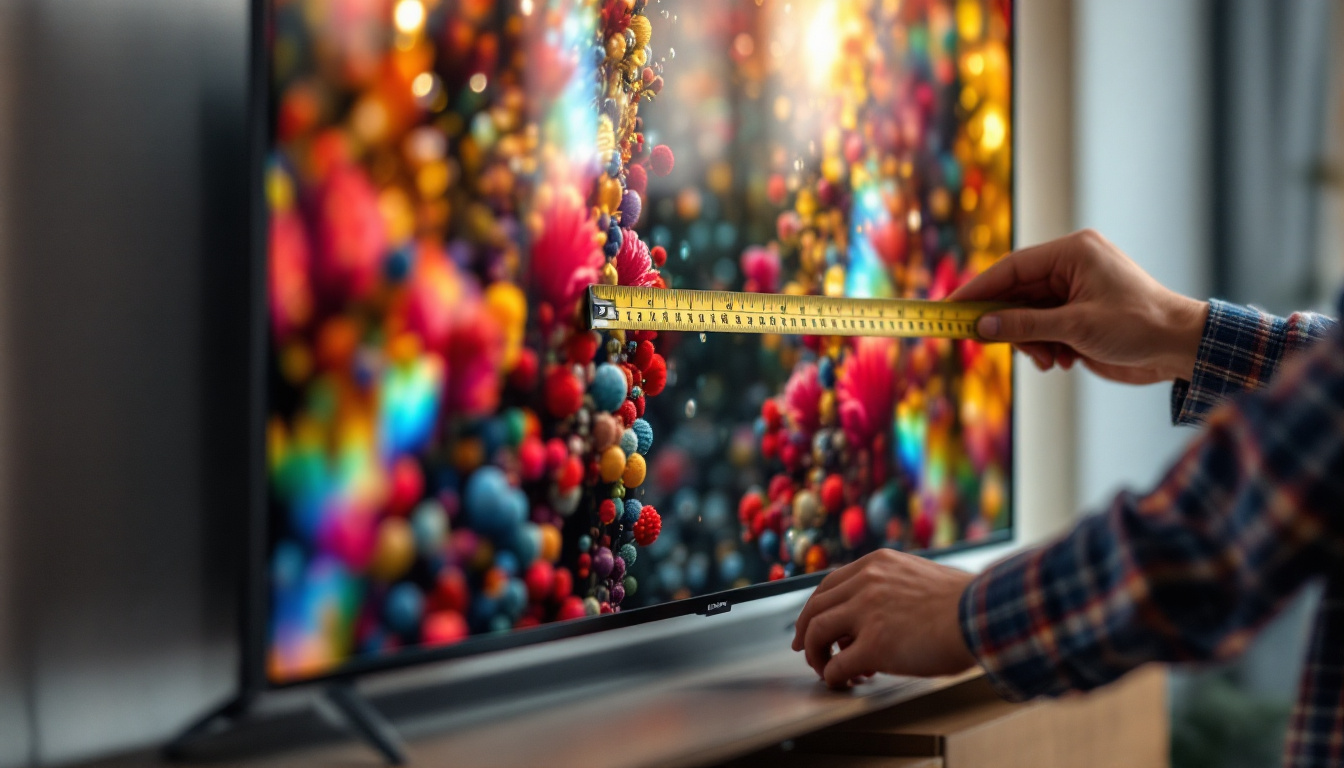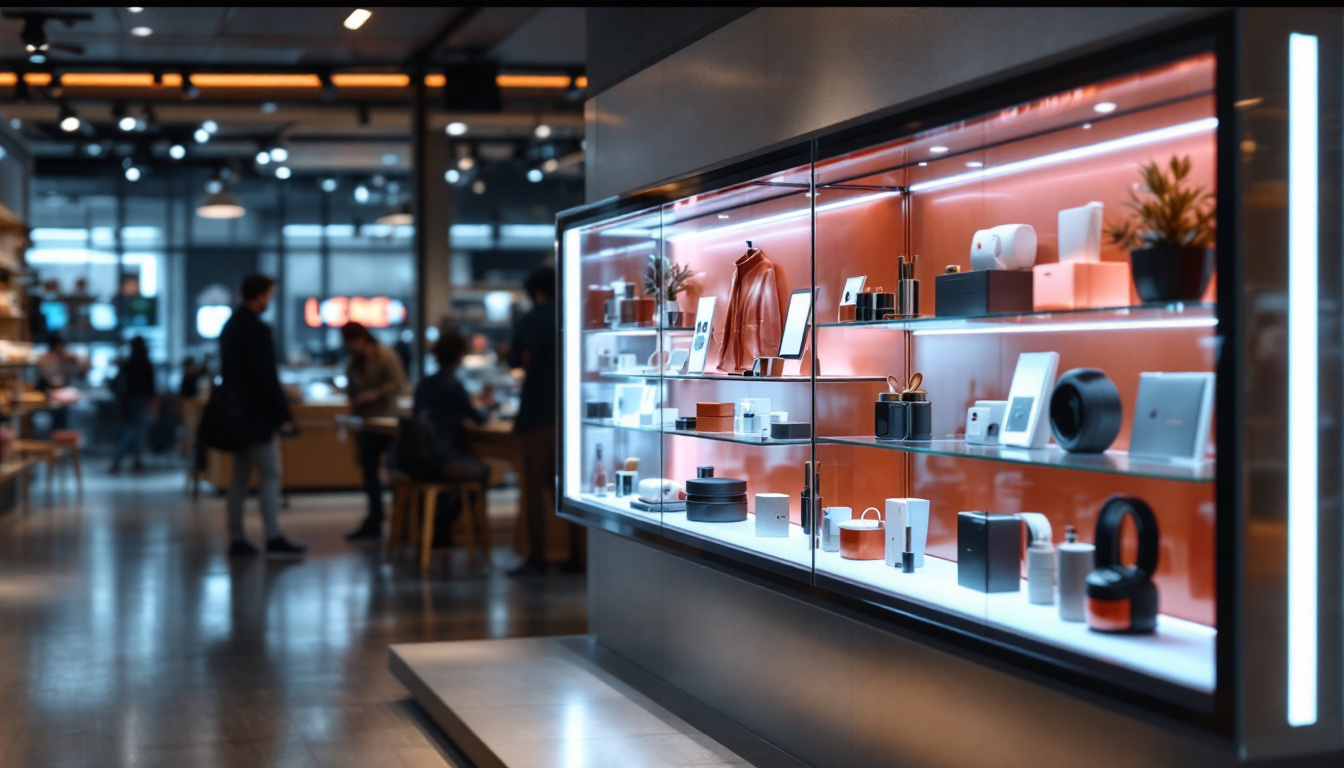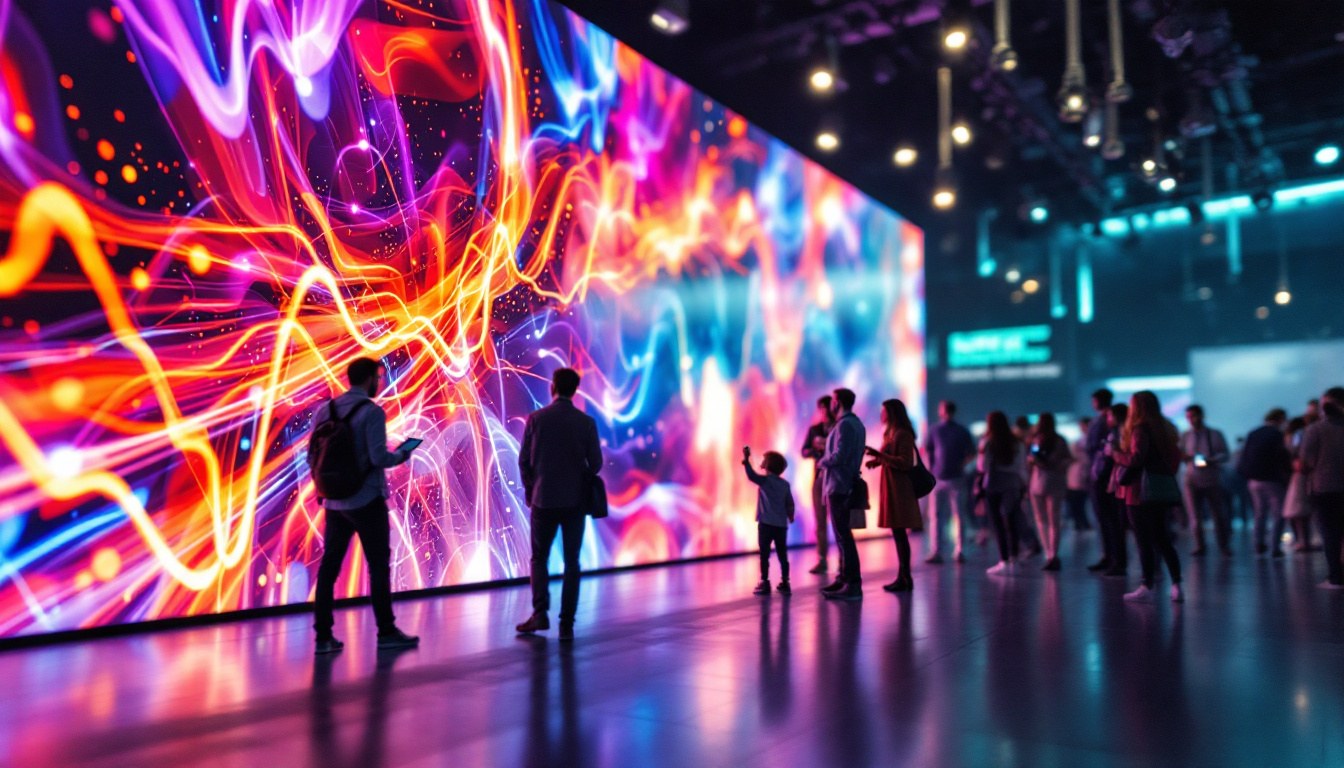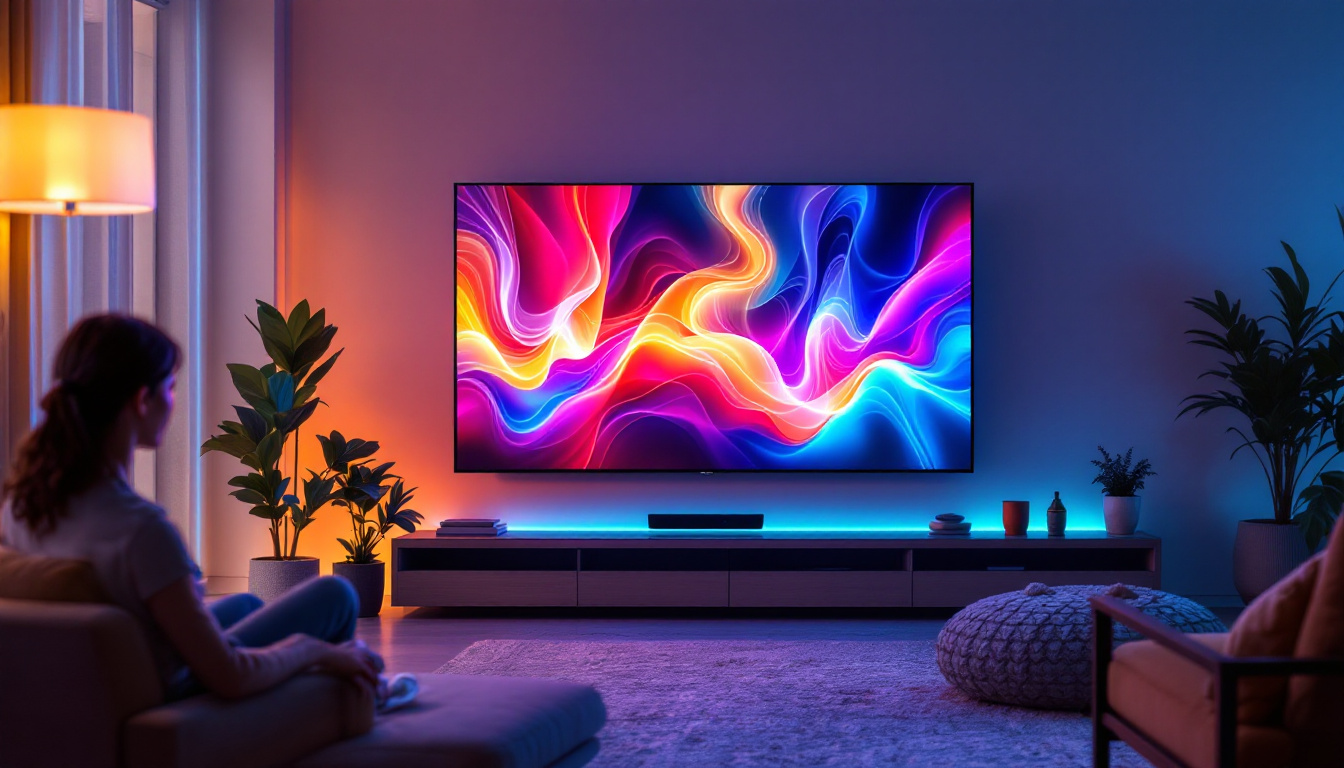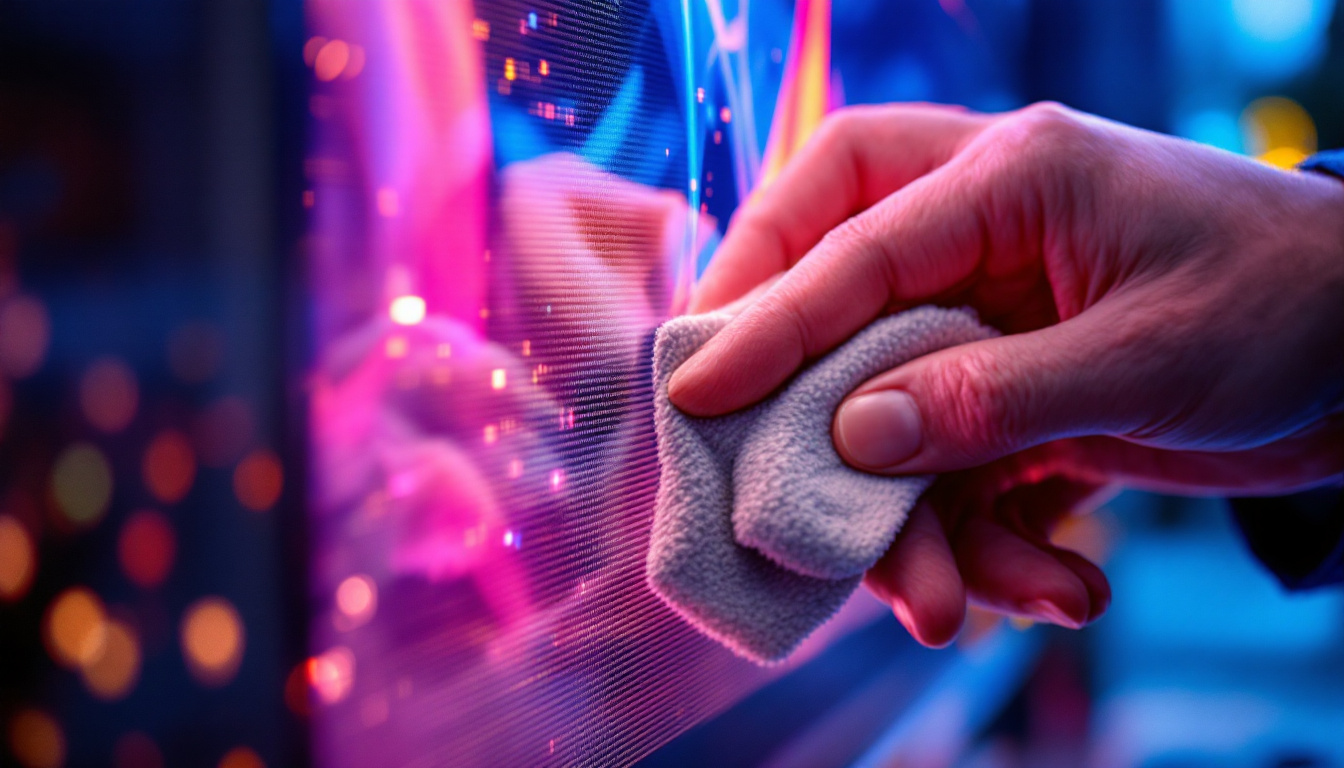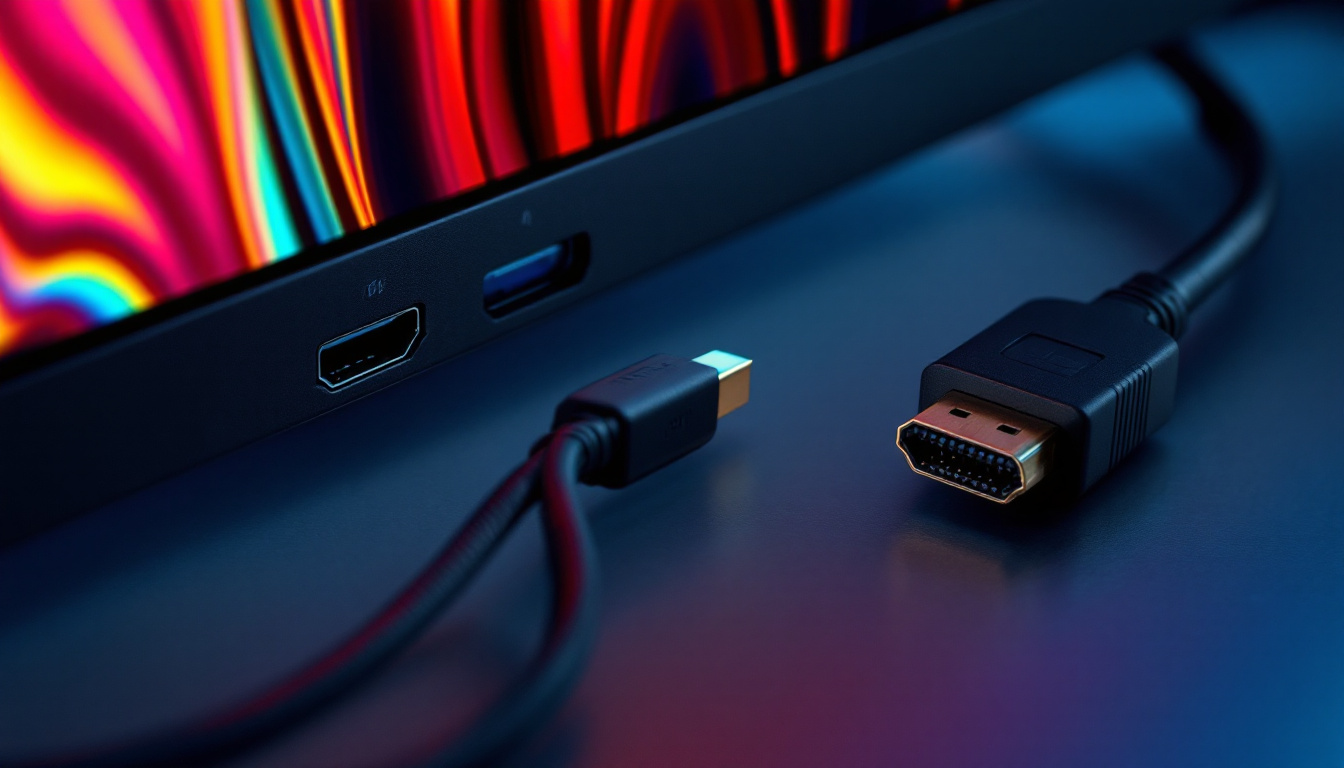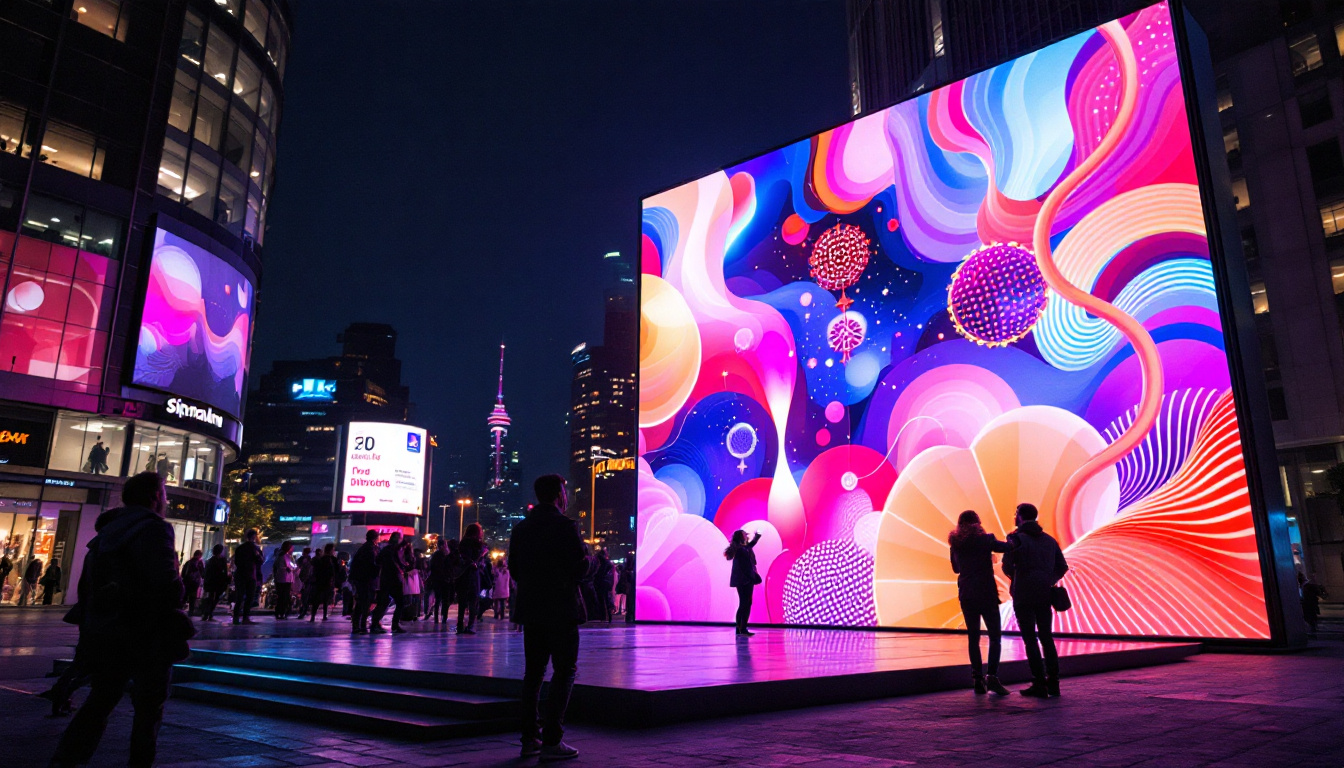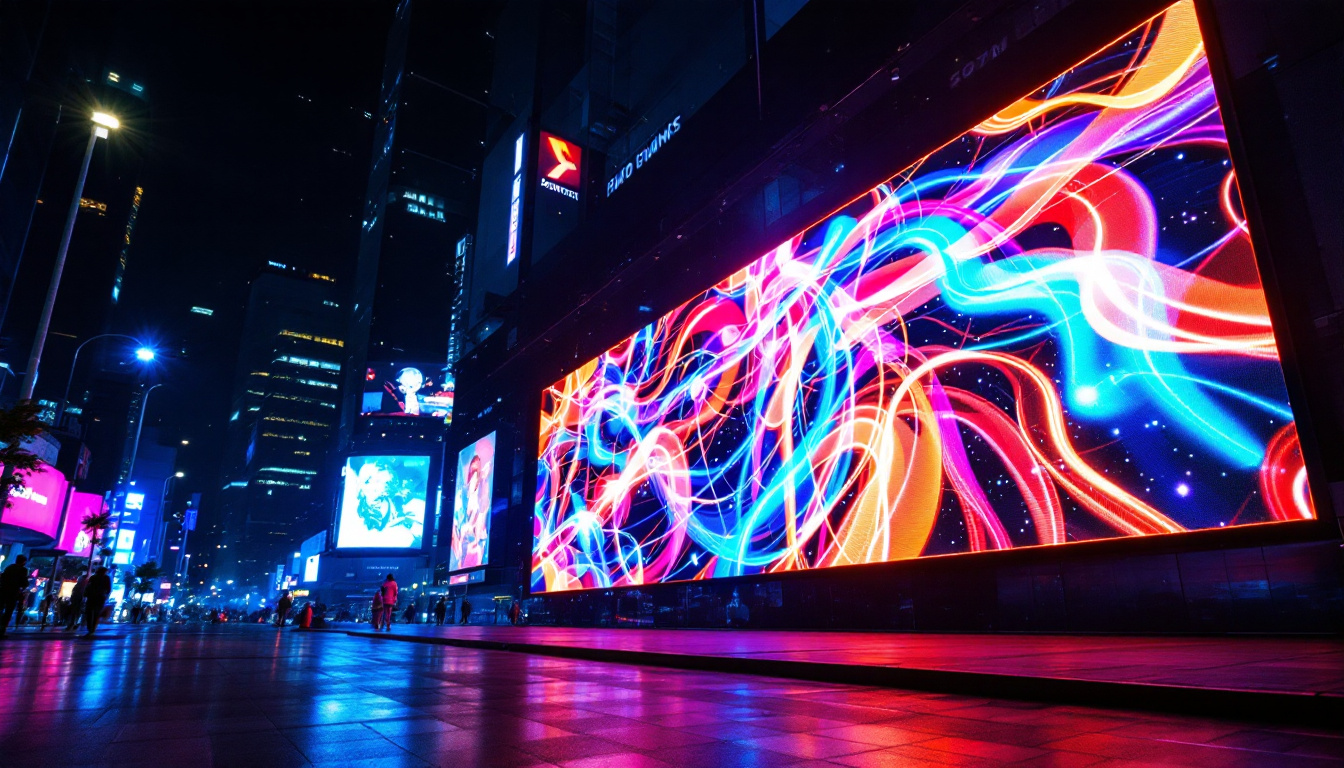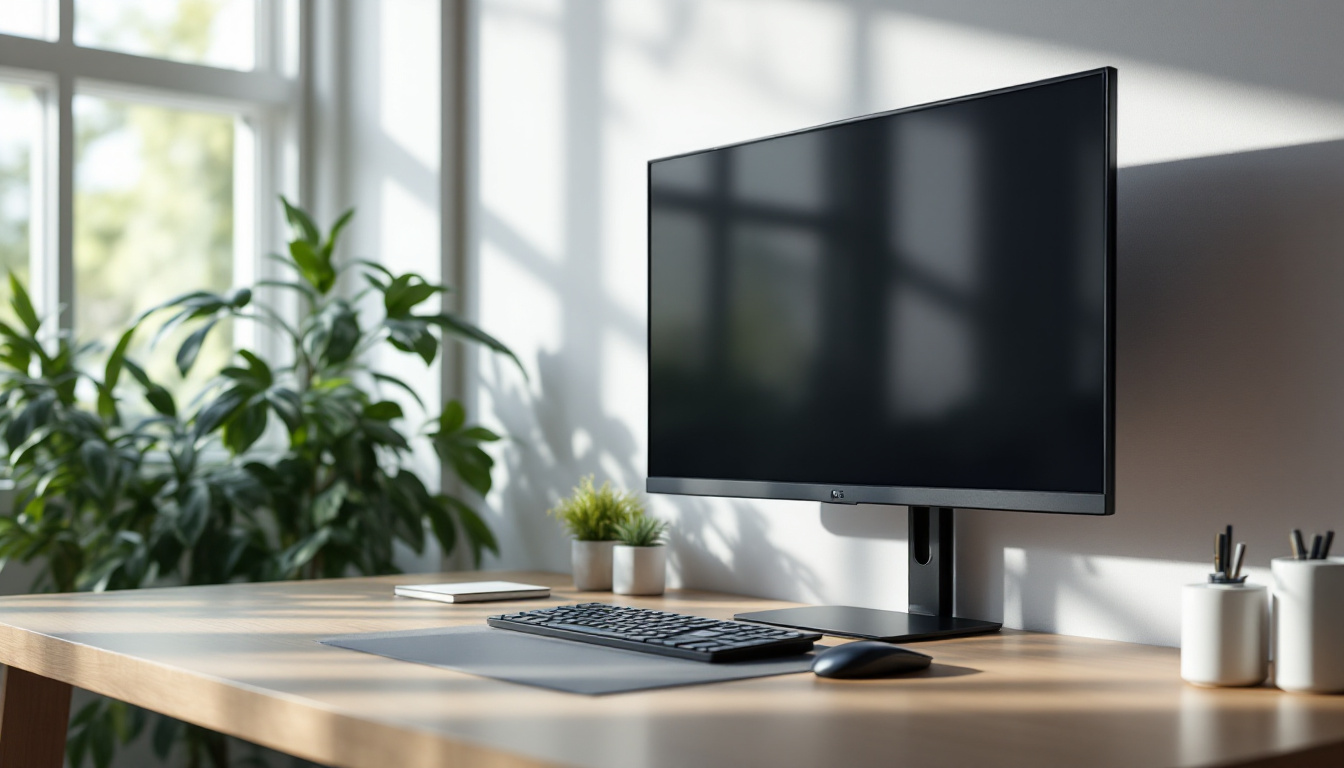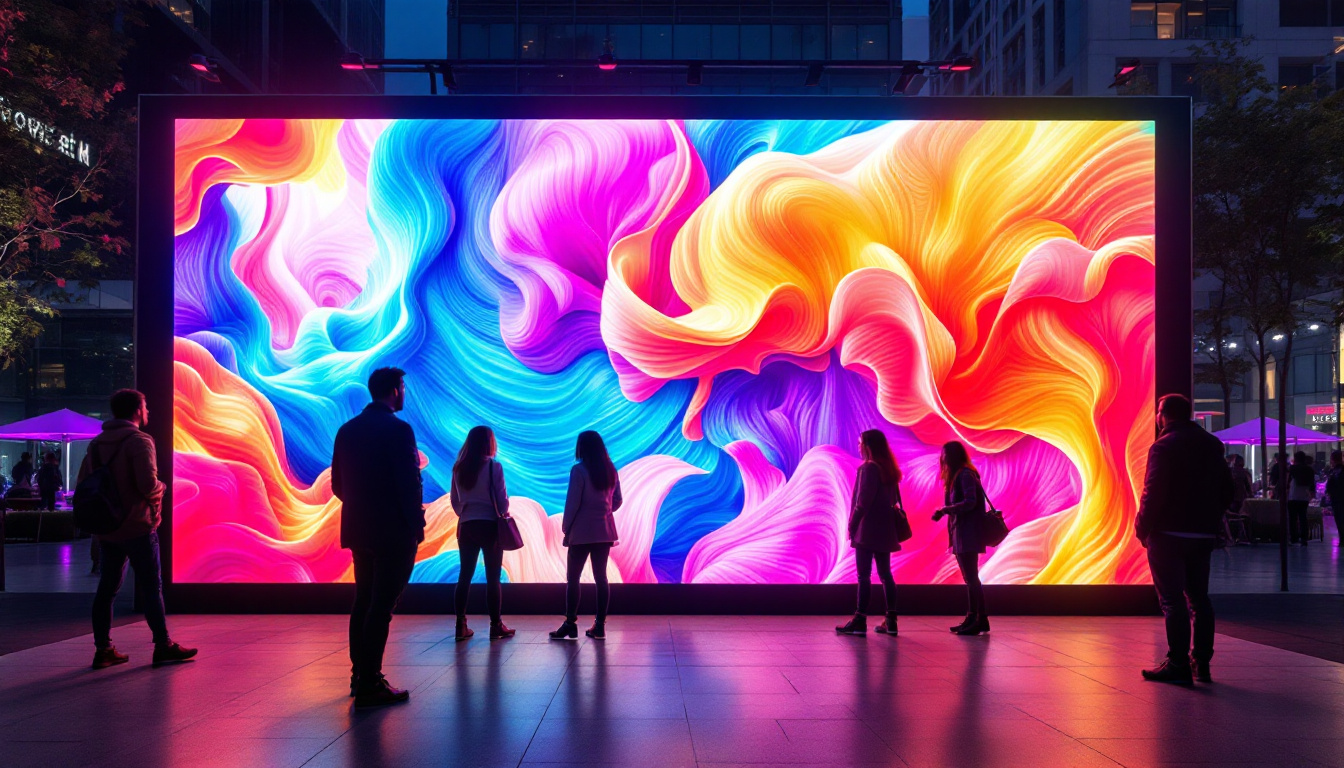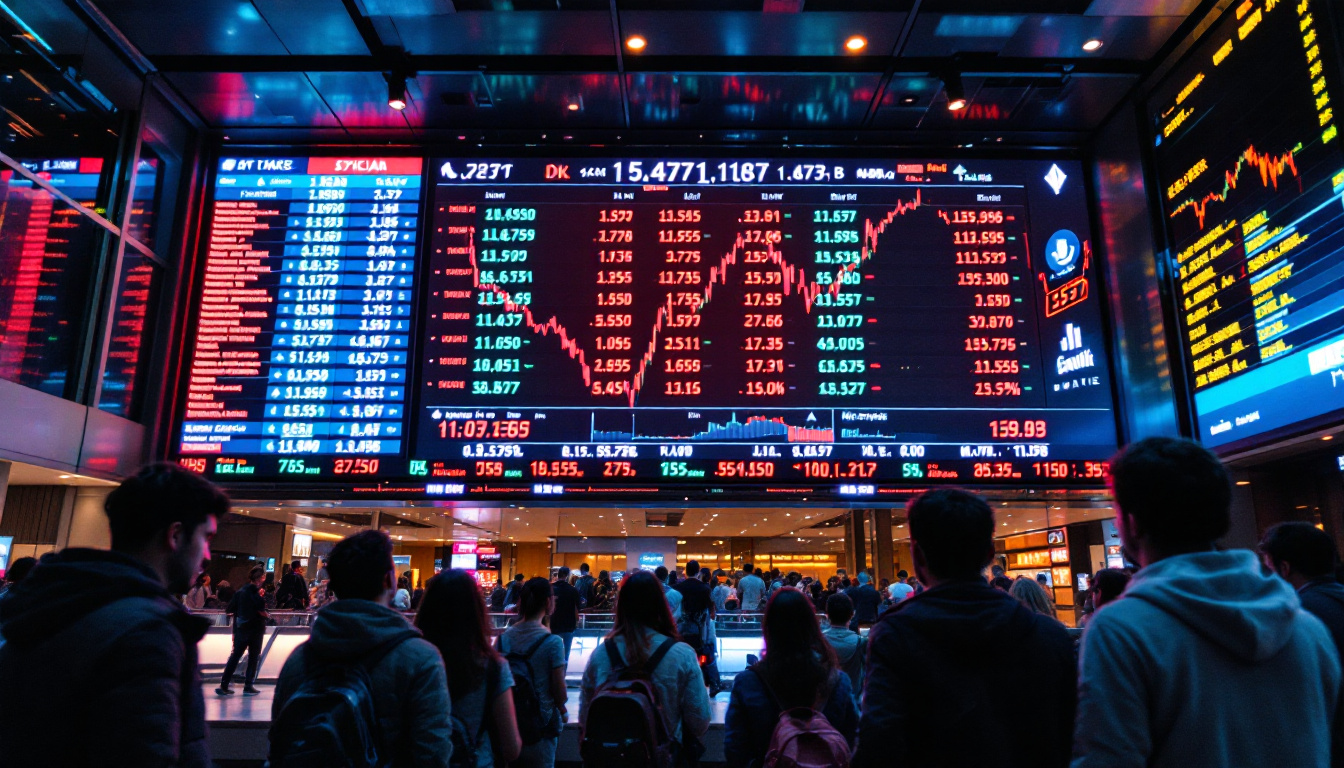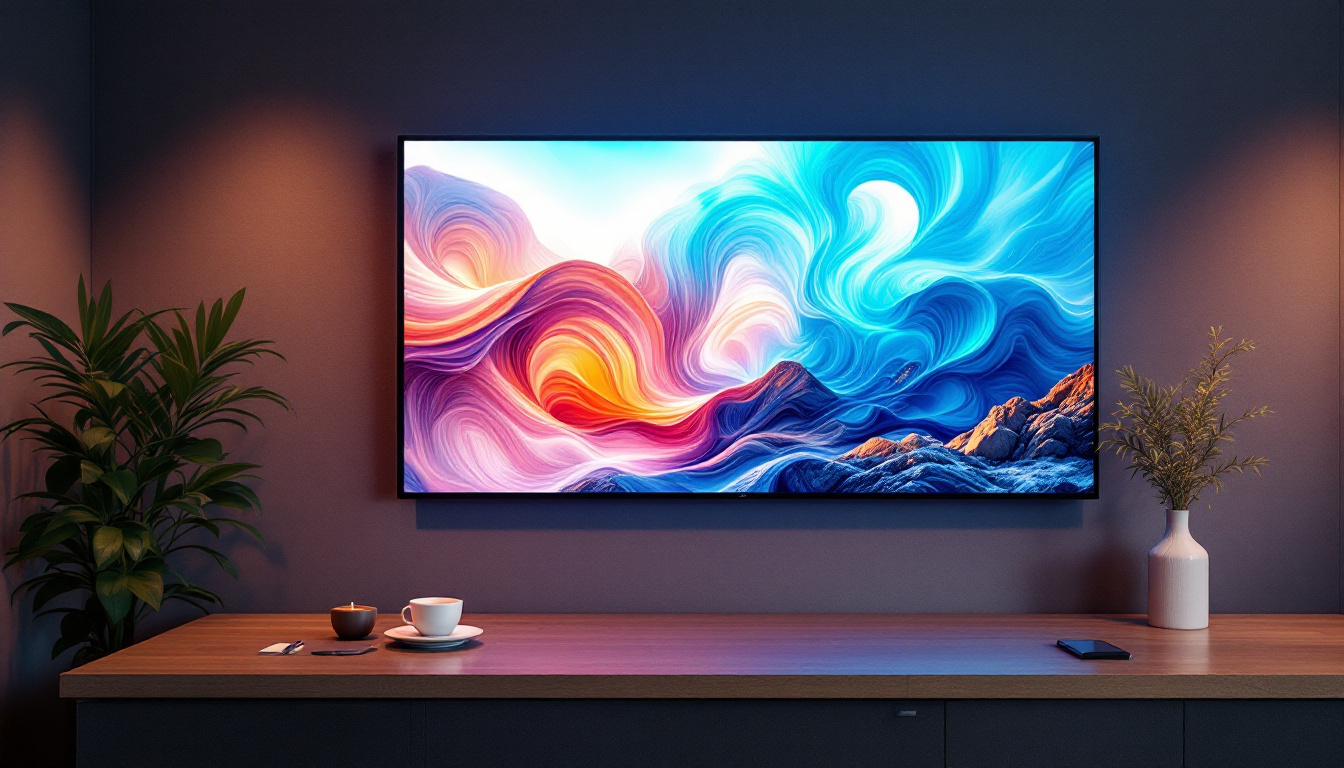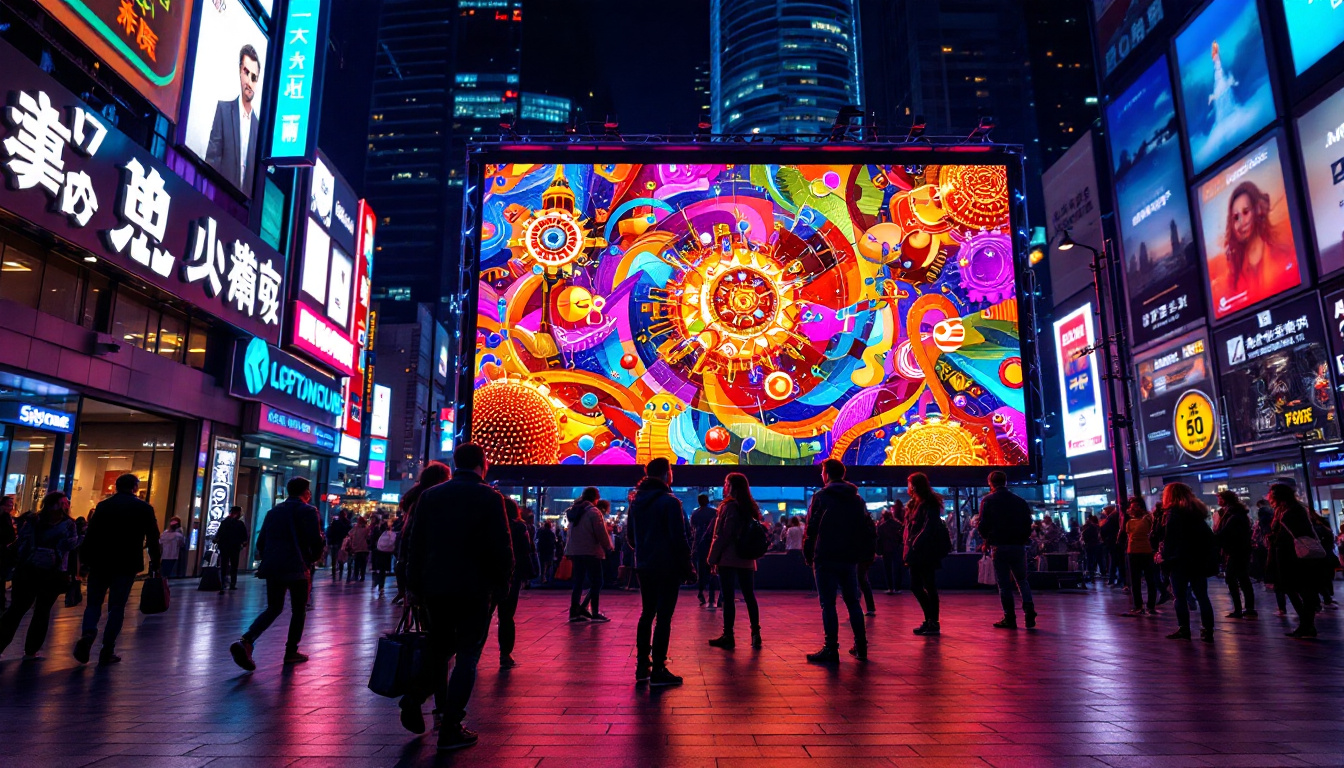In the realm of modern technology, the integration of innovative materials has revolutionized various industries. One such material that has garnered significant attention is flexible carbon fiber sheets. These sheets are not only lightweight and durable but also play a crucial role in the development of advanced LED displays. This article delves into the properties of flexible carbon fiber sheets and their application in LED display technology.
Understanding Flexible Carbon Fiber Sheets
Flexible carbon fiber sheets are made from carbon fibers that are woven into a fabric and then infused with a polymer matrix. This unique combination results in a material that is both strong and flexible, making it ideal for a variety of applications. The lightweight nature of carbon fiber also contributes to its popularity in industries such as aerospace, automotive, and consumer electronics.
Properties of Carbon Fiber
Carbon fiber is renowned for its exceptional strength-to-weight ratio. It is significantly stronger than steel while being much lighter, which allows for the creation of structures that require minimal weight without compromising on durability. Additionally, carbon fiber exhibits excellent resistance to corrosion and fatigue, making it suitable for long-term use in various environments.
Another notable property of carbon fiber is its thermal stability. It can withstand high temperatures without losing its structural integrity, which is particularly beneficial in applications such as LED displays that may generate heat during operation. Moreover, the flexibility of carbon fiber sheets allows them to be molded into various shapes, enabling innovative designs in display technology. This adaptability not only enhances aesthetic appeal but also improves functionality, allowing for the integration of complex geometries that can optimize light diffusion and enhance visual performance.
Manufacturing Process
The manufacturing process of flexible carbon fiber sheets involves several steps. Initially, carbon fibers are produced through the pyrolysis of organic precursors. These fibers are then woven into a fabric, which is subsequently coated with a polymer resin. This resin not only binds the fibers together but also enhances the material’s mechanical properties.
Once the fabric is coated, it undergoes a curing process, where heat and pressure are applied to solidify the resin. This results in a flexible yet sturdy sheet that can be cut and shaped according to specific requirements. The versatility of this manufacturing process allows for customization in terms of thickness, flexibility, and surface finish, catering to various applications in LED display technology. Furthermore, advancements in manufacturing techniques, such as 3D printing and automated fiber placement, are paving the way for even more innovative uses of carbon fiber sheets. These technologies enable the production of intricate designs that were previously difficult to achieve, thereby expanding the horizons of product development in fields ranging from sports equipment to medical devices.
The Role of Flexible Carbon Fiber Sheets in LED Displays
LED displays have become ubiquitous in modern society, found in everything from large outdoor billboards to small handheld devices. The integration of flexible carbon fiber sheets into these displays enhances their performance and design capabilities. By utilizing this advanced material, manufacturers can create displays that are not only visually appealing but also functional and durable.
Enhanced Durability and Performance
One of the primary advantages of using flexible carbon fiber sheets in LED displays is the enhanced durability they provide. Traditional display materials may be prone to cracking or breaking under stress, but carbon fiber’s strength ensures that the display can withstand external forces. This is particularly important for outdoor displays that are exposed to harsh weather conditions.
Additionally, the lightweight nature of carbon fiber sheets allows for the creation of thinner and lighter displays. This not only reduces the overall weight of the device but also facilitates easier installation and transportation. As a result, manufacturers can design larger displays without the concern of excessive weight, opening up new possibilities for creative applications.
Flexible Design Capabilities
Flexibility is a key feature of carbon fiber sheets, enabling designers to create curved or irregularly shaped displays that were previously challenging to achieve. This flexibility allows for innovative designs that can conform to various surfaces, making it possible to integrate LED displays into unconventional spaces.
For instance, flexible carbon fiber sheets can be used to create wrap-around displays for vehicles or immersive environments in retail spaces. This adaptability not only enhances the aesthetic appeal of the display but also improves user engagement by providing a more dynamic viewing experience.
Moreover, the ability to manipulate the shape of LED displays using carbon fiber opens up exciting opportunities in the realm of art and advertising. Artists and advertisers can collaborate to design installations that not only convey messages but also become part of the environment, blending seamlessly with architecture or natural landscapes. This synergy between technology and creativity can result in captivating visual experiences that draw in audiences and create lasting impressions.
Furthermore, the integration of flexible carbon fiber sheets in LED technology also paves the way for advancements in interactive displays. With the rise of augmented reality (AR) and virtual reality (VR), the need for displays that can adapt to user interactions is more critical than ever. Carbon fiber’s versatility allows for the development of displays that can respond to touch or movement, enhancing the interactivity and engagement of the viewer. This evolution in display technology not only enriches the user experience but also sets the stage for future innovations in how we interact with visual content.
Applications of Flexible Carbon Fiber Sheets in LED Technology
The applications of flexible carbon fiber sheets in LED technology are vast and varied. From consumer electronics to advertising and entertainment, the versatility of this material has led to its adoption in numerous fields. Here are some notable applications:
Consumer Electronics
In the consumer electronics sector, flexible carbon fiber sheets are used in devices such as smartphones, tablets, and wearable technology. The lightweight and durable nature of carbon fiber allows manufacturers to create sleek and portable devices without compromising on performance. Additionally, the flexibility of the material enables the design of curved screens, enhancing the overall user experience.
Advertising and Marketing
Advertising agencies have embraced flexible carbon fiber sheets for creating eye-catching LED displays that can be installed in various locations. These displays can be designed to fit specific shapes and sizes, allowing for unique advertising solutions that stand out in crowded environments. The ability to create dynamic and flexible advertising formats has transformed the way brands engage with consumers.
Architectural and Interior Design
Flexible carbon fiber sheets are increasingly being utilized in architectural and interior design projects. They can be integrated into building facades, providing not only aesthetic appeal but also functional lighting solutions. The adaptability of carbon fiber allows architects to explore innovative designs that blend technology with artistry, resulting in striking visual statements.
Challenges and Considerations
While flexible carbon fiber sheets offer numerous advantages, there are also challenges and considerations that manufacturers and designers must keep in mind. Understanding these factors is essential for optimizing the use of this material in LED display technology.
Cost Implications
The production of flexible carbon fiber sheets can be more expensive compared to traditional materials. The intricate manufacturing process and the cost of raw materials contribute to the higher price point. As a result, manufacturers must carefully consider the cost-benefit ratio when deciding to incorporate carbon fiber into their products.
However, as technology advances and production techniques improve, it is anticipated that the costs associated with carbon fiber sheets will decrease over time. This could lead to wider adoption across various industries, making the benefits of carbon fiber more accessible to manufacturers and consumers alike.
Environmental Impact
Another consideration is the environmental impact of carbon fiber production. The process of creating carbon fibers involves significant energy consumption and the use of chemicals, which can raise concerns regarding sustainability. As the demand for eco-friendly materials increases, researchers are exploring alternative methods for producing carbon fibers that are less harmful to the environment.
Efforts are also being made to recycle carbon fiber materials, which could mitigate some of the environmental concerns associated with their disposal. By developing sustainable practices, the carbon fiber industry can work towards minimizing its ecological footprint while continuing to provide innovative solutions in technology.
The Future of Flexible Carbon Fiber Sheets in LED Displays
The future of flexible carbon fiber sheets in LED display technology looks promising. As advancements in material science and manufacturing techniques continue, the potential applications of this material are likely to expand. Innovations in carbon fiber composites may lead to even greater flexibility, strength, and durability, further enhancing their suitability for LED displays.
Emerging Technologies
Emerging technologies, such as organic light-emitting diodes (OLEDs) and microLEDs, are paving the way for the next generation of displays. These technologies require materials that can meet stringent performance criteria while maintaining flexibility and lightweight properties. Flexible carbon fiber sheets are well-positioned to meet these demands, making them a key player in the evolution of display technology.
Moreover, the integration of smart technologies into LED displays, such as sensors and connectivity features, will likely drive the need for advanced materials. Carbon fiber’s ability to be molded and integrated with electronic components could lead to the development of multifunctional displays that offer enhanced interactivity and user engagement.
Conclusion
Flexible carbon fiber sheets have emerged as a transformative material in the world of LED display technology. Their unique properties, including strength, flexibility, and lightweight nature, enable innovative designs and applications across various sectors. While challenges such as cost and environmental impact remain, ongoing advancements in material science hold the promise of overcoming these obstacles.
As the demand for high-performance displays continues to grow, the role of flexible carbon fiber sheets is likely to expand, paving the way for new possibilities in design and functionality. The future of LED displays is bright, and flexible carbon fiber sheets will undoubtedly play a pivotal role in shaping that future.
Discover LumenMatrix’s Advanced LED Display Solutions
Ready to elevate your visual communication with the cutting-edge technology of flexible carbon fiber sheets? LumenMatrix is at the forefront of LED display innovation, offering a wide range of solutions that cater to your unique needs. From captivating Indoor LED Wall Displays to dynamic Outdoor LED Wall Displays, and from versatile Vehicle LED Displays to engaging LED Sports Displays, our products are designed to make your brand stand out. Experience the future of LED displays and transform your space with our Custom LED Display options, or explore the possibilities with our All-in-One LED Display and LED Transparent Display. Embrace the revolution in visual storytelling with LumenMatrix. Check out LumenMatrix LED Display Solutions today and see how we can help you create an unforgettable visual impact.

